
Riparian mitigation is one of the most effective ways to protect water quality, prevent erosion, and rebuild ecological stability within a watershed.
This initial assessment set the stage for a technical, multi-phase mitigation plan.
In East Austin, BPI Partners recently completed a full mitigation of a degraded stream corridor located within a TCEQ-regulated Critical Water Quality Zone. What began as an eroded, overgrown channel is now a stable, functional riparian buffer engineered to perform for decades.
This Expert Advice case study breaks down the technical methods, environmental requirements, and hydrologic performance improvements achieved during the project.
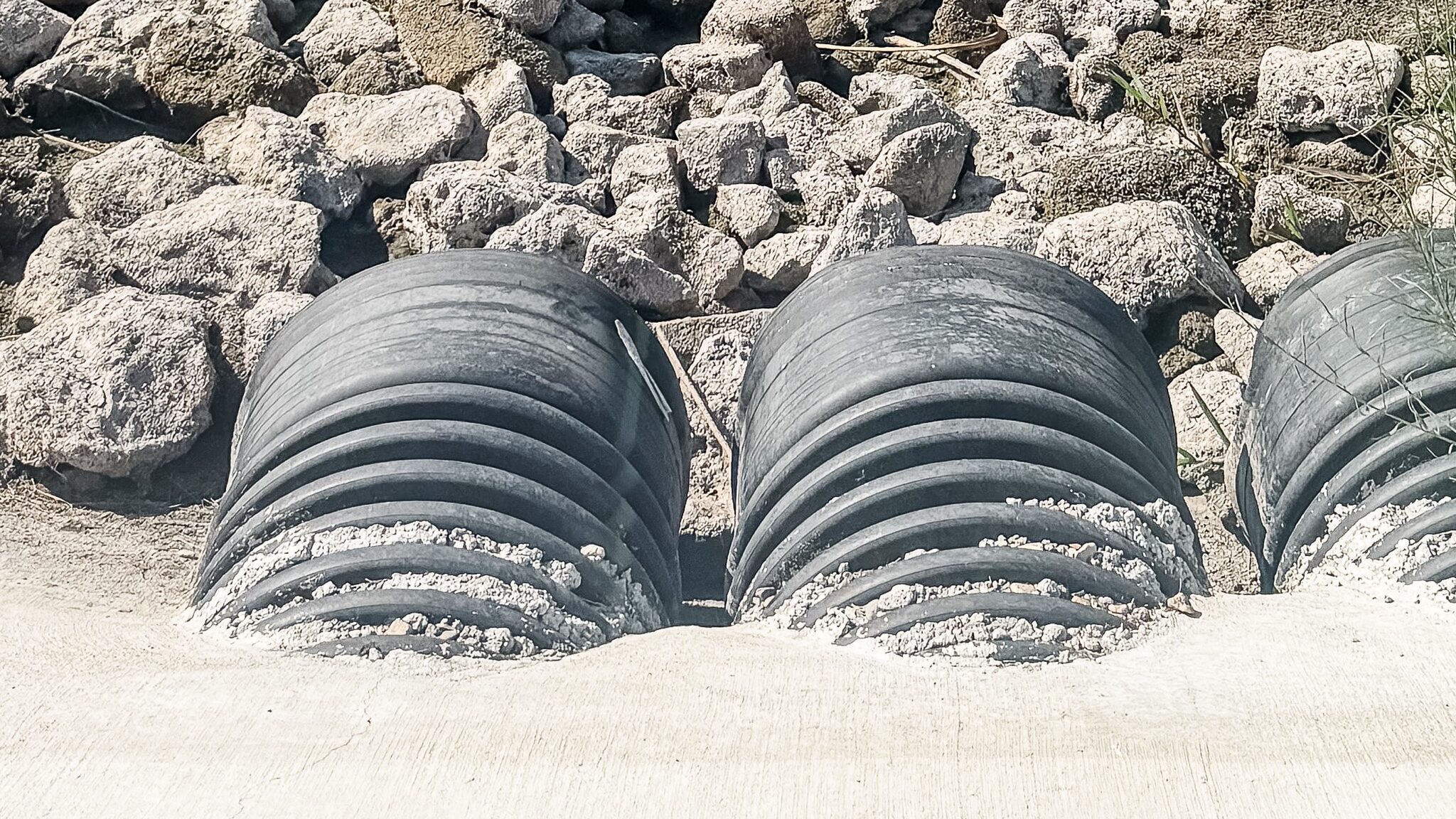
Understanding the Challenge: The State of the Riparian Zone Before Mitigation
Before work began, the stream corridor was experiencing several issues common in compromised riparian areas:
1. Invasive Vegetation + Overgrowth
Dense invasives were choking the channel and out-competing native species essential for erosion control and nutrient filtration.
2. Unstable Streambanks and Unmanaged Flow
Without proper grade control or vegetative stability, the stream was experiencing bank sloughing, incision, and irregular flow patterns during storm events.
3. Regulatory Constraints in a Critical Water Quality Zone
Because the corridor sits within a TCEQ-regulated protection zone, mitigation had to meet strict water quality, vegetation, and hydrologic performance standards.
4. Sediment and Pollutant Transport Risks
Unstable soils and unmanaged flow were contributing to sedimentation and the movement of nutrients, pesticides, and heavy metals downstream.
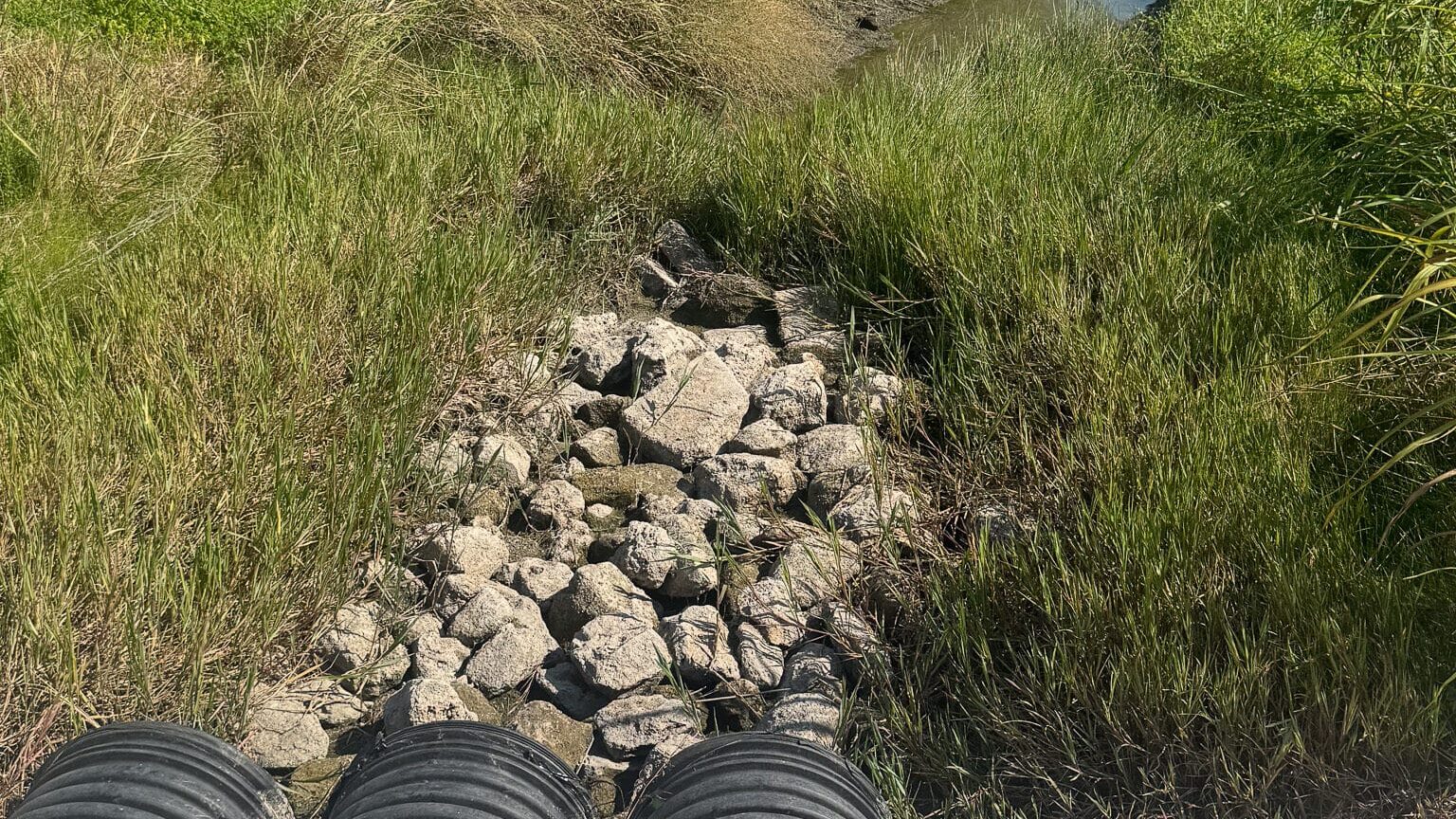
Engineering the Solution: Installing Grade Control Structures (GCS)
A core component of this mitigation was the installation of Grade Control Structures (GCS). These engineered features are essential in restoring stability to streams impacted by erosion or excessive flow velocity.
What GCS Achieve
Grade Control Structures were installed to:
- Control stream elevation across more than half a mile
- Regulate water velocity during rainfall events
- Reduce sediment transport and limit channel incision
- Improve stormwater attenuation and flood resilience
- Stabilize the long-term geomorphic structure of the stream
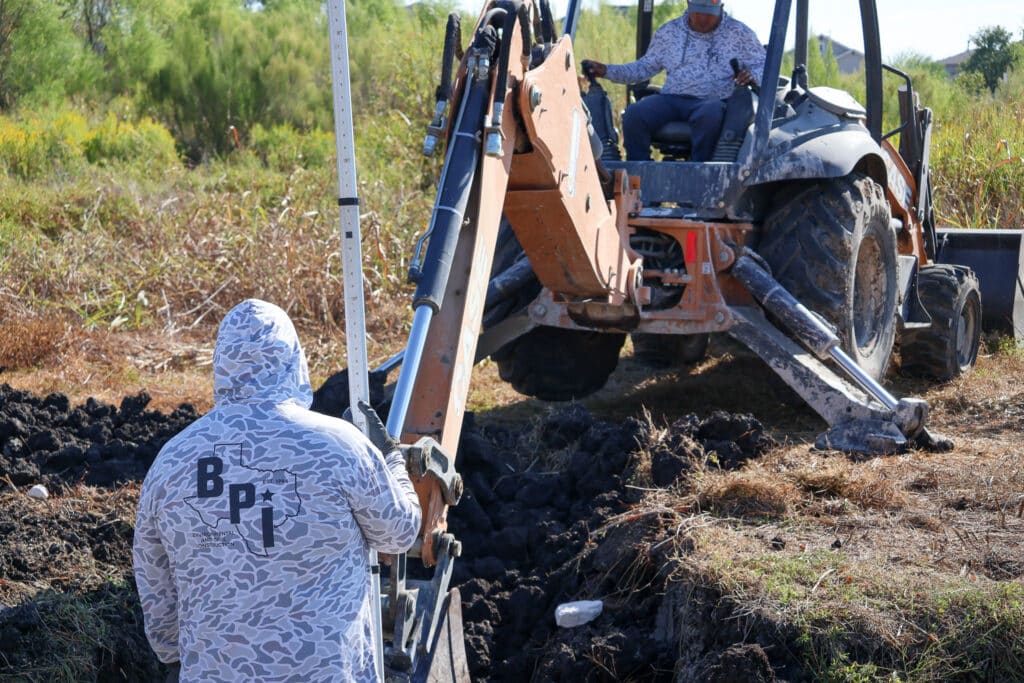
By correcting elevation changes and reducing erosive forces, GCS created a stable hydrologic foundation for the next phase of mitigation.
Rebuilding a Functional Riparian Buffer: Native Vegetation + Habitat Design
Once the stream channel was stabilized, BPI Partners restored the native vegetation essential to long-term ecological performance.
Pollutant Filtration and Water Quality Improvement
Native riparian plants naturally filter:
- Sediment
- Nutrients (nitrogen and phosphorus)
- Pesticides
- Heavy metals
This significantly reduces pollutant loads entering downstream waterways.
Supporting Natural Denitrification
Wetland soils and plant root systems support microbial communities that convert excess nitrates into nitrogen gas — preventing eutrophication and promoting healthier waterways.
Erosion Prevention and Soil Stability
Deep, fiber-forming root systems rebuild soil structure, reducing streambank collapse and protecting nearby infrastructure.
Wildlife Habitat + Corridor Mitigation
Native species restore food sources, cover, and migration pathways for birds, mammals, amphibians, and pollinators.
The result is a resilient, high-functioning riparian buffer that enhances water quality while supporting biodiversity.

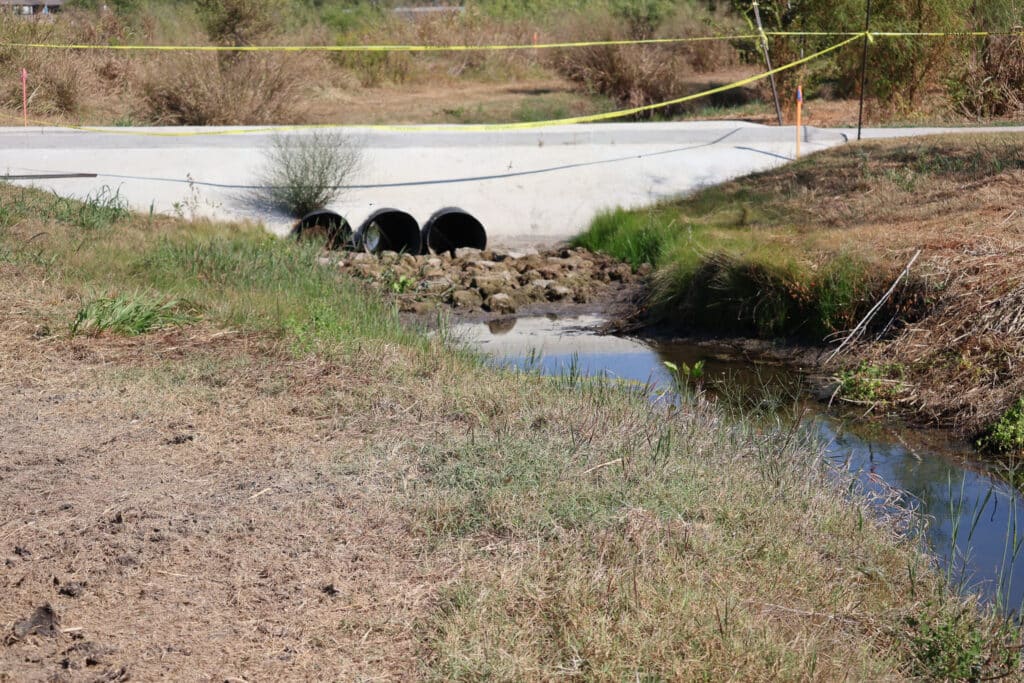
Project Results: A Fully Restored, High-Performance Riparian Corridor
The East Austin riparian mitigation now delivers measurable environmental and hydrologic benefits:
- Stabilized streambanks with significantly reduced erosion potential
- Improved water velocity management through GCS
- Re-established native vegetation filtering pollutants before entering the stream
- Reconnected wildlife habitat corridors
- Stormwater attenuation and improved flood resilience
- Long-term protection for downstream water quality and infrastructure
This project demonstrates the unique value of partnering with experienced environmental contractors who understand both the science and the regulatory requirements of riparian systems.


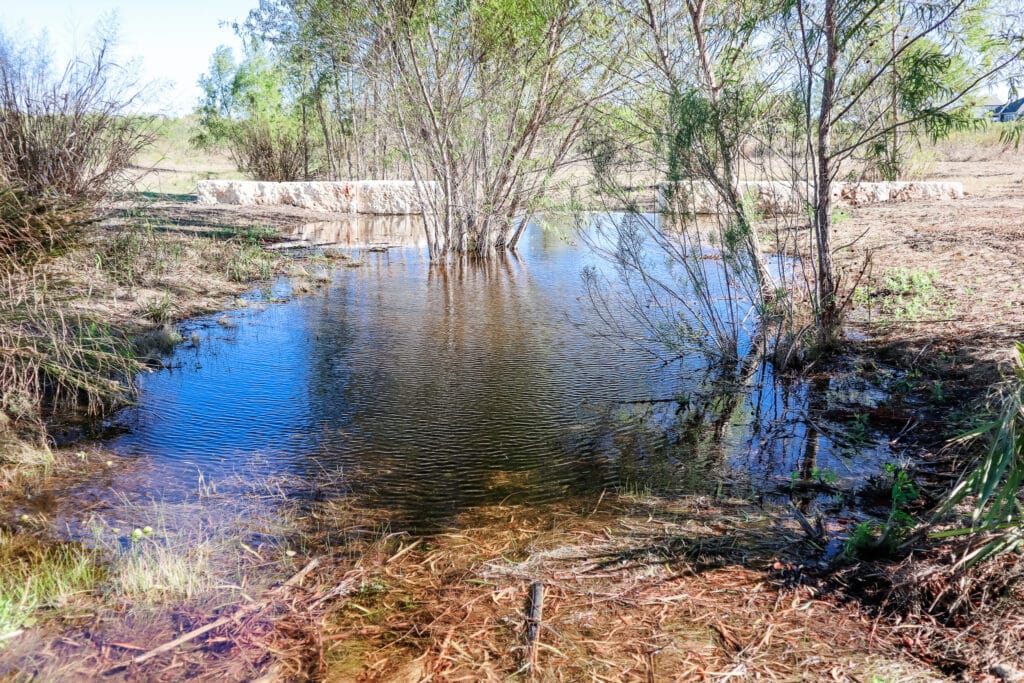
Why Riparian Zones Matter in Central Texas
Riparian buffers are one of the most cost-effective “green infrastructure”c tools available to developers, HOAs, and municipalities. They help:
- Meet local and state water quality compliance
- Reduce costly erosion damage
- Protect roads, utilities, and drainage infrastructure
- Extend the lifespan of reservoirs by reducing sedimentation
- Enhance community aesthetics and natural spaces
For rapidly growing areas like Central Texas — especially highly regulated zones in Austin — riparian mitigation is no longer optional. It’s essential.
Interested in a Riparian or Water Quality Consultation?
BPI Partners delivers turnkey environmental solutions that integrate field construction, engineering, vegetation science, and regulatory compliance into one seamless process.
To request a consultation or discuss an upcoming project:
Call: (512) 288-5522
Visit: bpipartners.com

Frequently Asked Questions about Riparian Mitigation
What are the key benefits of riparian mitigation in Texas?
Riparian mitigation improves pollutant filtration, reduces erosion, enhances stormwater control, and protects downstream infrastructure. It also supports wildlife habitat and helps meet state and local water quality regulations.
Critical role of Grade Control Structures
Grade Control Structures maintain stream elevation, regulate water velocity, stabilize channels, reduce sediment transport, and improve flood attenuation during major rainfall events.
Why is native vegetation essential in riparian zones?
Native species stabilize soil, filter pollutants, support denitrification, create wildlife habitat, and provide long-term ecological and hydrologic function within restored corridors.
What’s the impact of riparian buffers on water quality compliance?
Buffers help developments meet TCEQ Critical Water Quality Zone standards, Clean Water Act requirements, and municipal ordinances related to stormwater, erosion, and pollutant reduction.
How do riparian zones protect infrastructure?
Stabilized streambanks reduce the risk of collapse near roads, utilities, and drainage systems, while reducing sediment entering reservoirs and preventing costly future repairs.
What are the long-term ecological benefits of restored riparian areas?
Healthy riparian zones create continuous wildlife corridors, enhance biodiversity, regulate water temperature, support aquatic food webs, and strengthen overall watershed function.
